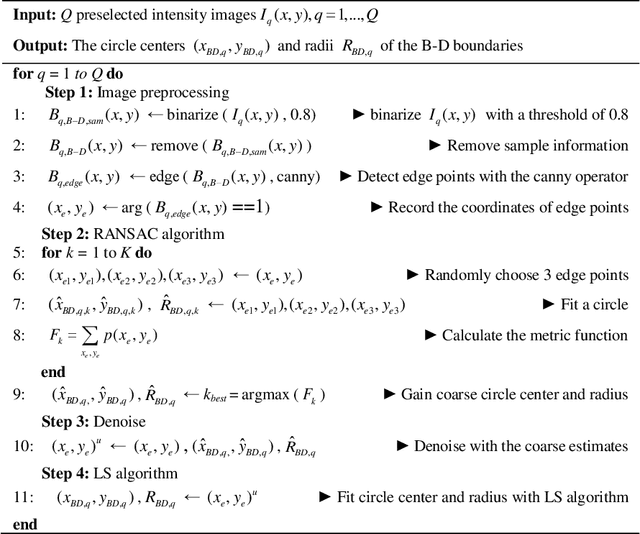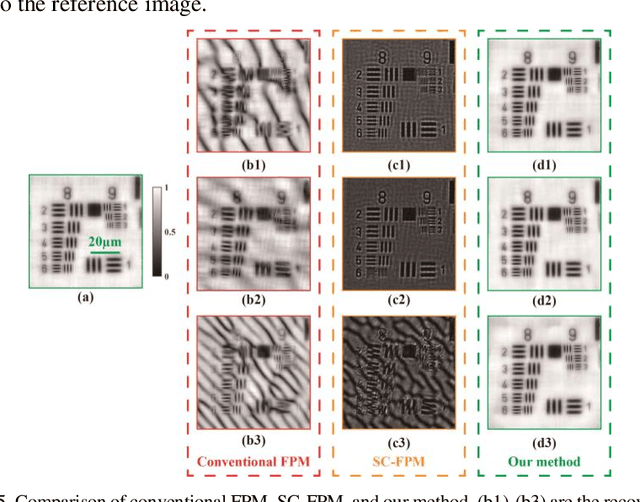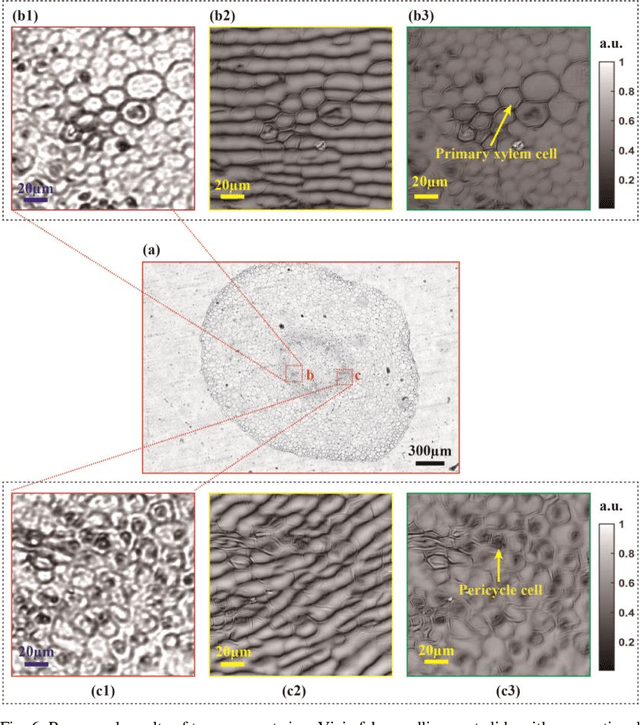Delong Yang
Simple is what you need for efficient and accurate medical image segmentation
Jun 16, 2025Abstract:While modern segmentation models often prioritize performance over practicality, we advocate a design philosophy prioritizing simplicity and efficiency, and attempted high performance segmentation model design. This paper presents SimpleUNet, a scalable ultra-lightweight medical image segmentation model with three key innovations: (1) A partial feature selection mechanism in skip connections for redundancy reduction while enhancing segmentation performance; (2) A fixed-width architecture that prevents exponential parameter growth across network stages; (3) An adaptive feature fusion module achieving enhanced representation with minimal computational overhead. With a record-breaking 16 KB parameter configuration, SimpleUNet outperforms LBUNet and other lightweight benchmarks across multiple public datasets. The 0.67 MB variant achieves superior efficiency (8.60 GFLOPs) and accuracy, attaining a mean DSC/IoU of 85.76%/75.60% on multi-center breast lesion datasets, surpassing both U-Net and TransUNet. Evaluations on skin lesion datasets (ISIC 2017/2018: mDice 84.86%/88.77%) and endoscopic polyp segmentation (KVASIR-SEG: 86.46%/76.48% mDice/mIoU) confirm consistent dominance over state-of-the-art models. This work demonstrates that extreme model compression need not compromise performance, providing new insights for efficient and accurate medical image segmentation. Codes can be found at https://github.com/Frankyu5666666/SimpleUNet.
Batch-FPM: Random batch-update multi-parameter physical Fourier ptychography neural network
Aug 25, 2024Abstract:Fourier Ptychographic Microscopy (FPM) is a computational imaging technique that enables high-resolution imaging over a large field of view. However, its application in the biomedical field has been limited due to the long image reconstruction time and poor noise robustness. In this paper, we propose a fast and robust FPM reconstruction method based on physical neural networks with batch update stochastic gradient descent (SGD) optimization strategy, capable of achieving attractive results with low single-to-noise ratio and correcting multiple system parameters simultaneously. Our method leverages a random batch optimization approach, breaks away from the fixed sequential iterative order and gives greater attention to high-frequency information. The proposed method has better convergence performance even for low signal-to-noise ratio data sets, such as low exposure time dark-field images. As a result, it can greatly increase the image recording and result reconstruction speed without any additional hardware modifications. By utilizing advanced deep learning optimizers and perform parallel computational scheme, our method enhances GPU computational efficiency, significantly reducing reconstruction costs. Experimental results demonstrate that our method achieves near real-time digital refocusing of a 1024 x 1024 pixels region of interest on consumer-grade GPUs. This approach significantly improves temporal resolution (by reducing the exposure time of dark-field images), noise resistance, and reconstruction speed, and therefore can efficiently promote the practical application of FPM in clinical diagnostics, digital pathology, and biomedical research, etc. In addition, we believe our algorithm scheme can help researchers quickly validate and implement FPM-related ideas. We invite requests for the full code via email.
Adaptive coded illumination Fourier ptychography microscopy based on physical neural network
Apr 20, 2023



Abstract:Fourier Ptychographic Microscopy (FPM) is a computational technique that achieves a large space-bandwidth product imaging. It addresses the challenge of balancing a large field of view and high resolution by fusing information from multiple images taken with varying illumination angles. Nevertheless, conventional FPM framework always suffers from long acquisition time and a heavy computational burden. In this paper, we propose a novel physical neural network that generates an adaptive illumination mode by incorporating temporally-encoded illumination modes as a distinct layer, aiming to improve the acquisition and calculation efficiency. Both simulations and experiments have been conducted to validate the feasibility and effectiveness of the proposed method. It is worth mentioning that, unlike previous works that obtain the intensity of a multiplexed illumination by post-combination of each sequentially illuminated and obtained low-resolution images, our experimental data is captured directly by turning on multiple LEDs with a coded illumination pattern. Our method has exhibited state-of-the-art performance in terms of both detail fidelity and imaging velocity when assessed through a multitude of evaluative aspects.
Robust full-pose-parameter estimation for the LED array in Fourier ptychographic microscopy
Jun 11, 2022


Abstract:Fourier ptychographic microscopy (FPM) can achieve quantitative phase imaging with a large space-bandwidth product by synthesizing a set of low-resolution intensity images captured under angularly varying illuminations. Determining accurate illumination angles is critical because the consistency between actual systematic parameters and those used in the recovery algorithm is essential for high-quality imaging. This paper presents a full-pose-parameter and physics-based method for calibrating illumination angles. Using a physics-based model constructed with general knowledge of the employed microscope and the brightfield-to-darkfield boundaries inside captured images, we can solve for the full-pose parameters of misplaced LED array, which consist of the distance between the sample and the LED array, two orthogonal lateral shifts, one in-plane rotation angle, and two tilt angles, to correct illumination angles precisely. The feasibility and effectiveness of the proposed method for recovering random or remarkable pose parameters have been demonstrated by both qualitative and quantitative experiments. Due to the completeness of the pose parameters, the clarity of the physical model, and the high robustness for arbitrary misalignments, our method can significantly facilitate the design, implementation, and application of concise and robust FPM platforms.
Fourier ptychography multi-parameter neural network with composite physical priori optimization
Feb 18, 2022



Abstract:Fourier ptychography microscopy(FP) is a recently developed computational imaging approach for microscopic super-resolution imaging. By turning on each light-emitting-diode (LED) located on different position on the LED array sequentially and acquiring the corresponding images that contain different spatial frequency components, high spatial resolution and quantitative phase imaging can be achieved in the case of large field-of-view. Nevertheless, FPM has high requirements for the system construction and data acquisition processes, such as precise LEDs position, accurate focusing and appropriate exposure time, which brings many limitations to its practical applications. In this paper, inspired by artificial neural network, we propose a Fourier ptychography multi-parameter neural network (FPMN) with composite physical prior optimization. A hybrid parameter determination strategy combining physical imaging model and data-driven network training is proposed to recover the multi layers of the network corresponding to different physical parameters, including sample complex function, system pupil function, defocus distance, LED array position deviation and illumination intensity fluctuation, etc. Among these parameters, LED array position deviation is recovered based on the features of brightfield to darkfield transition low-resolution images while the others are recovered in the process of training of the neural network. The feasibility and effectiveness of FPMN are verified through simulations and actual experiments. Therefore FPMN can evidently reduce the requirement for practical applications of FPM.
 Add to Chrome
Add to Chrome Add to Firefox
Add to Firefox Add to Edge
Add to Edge